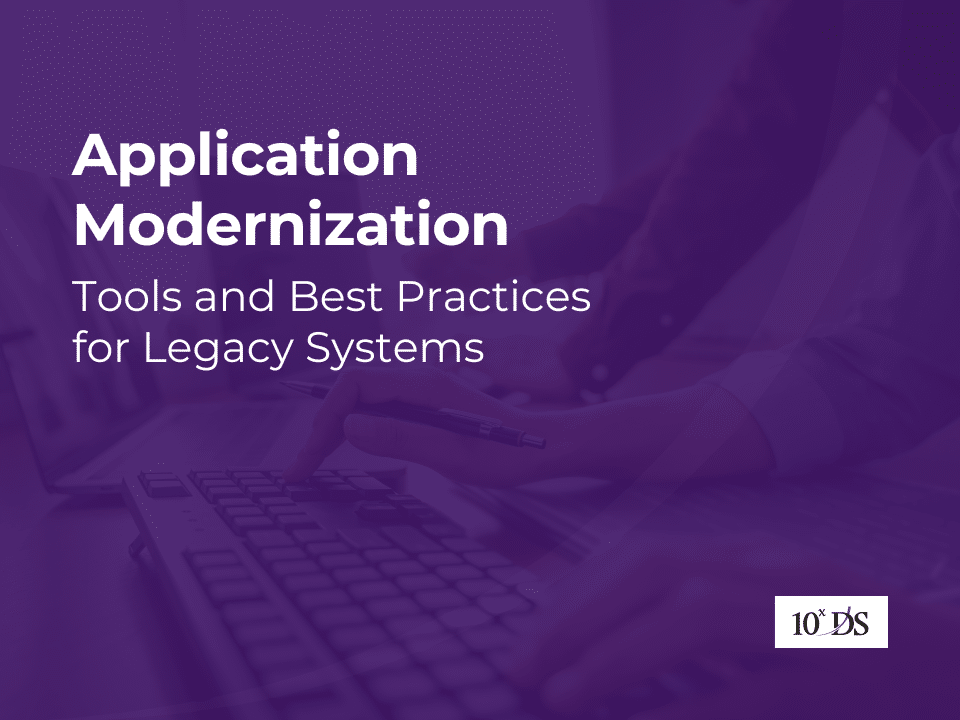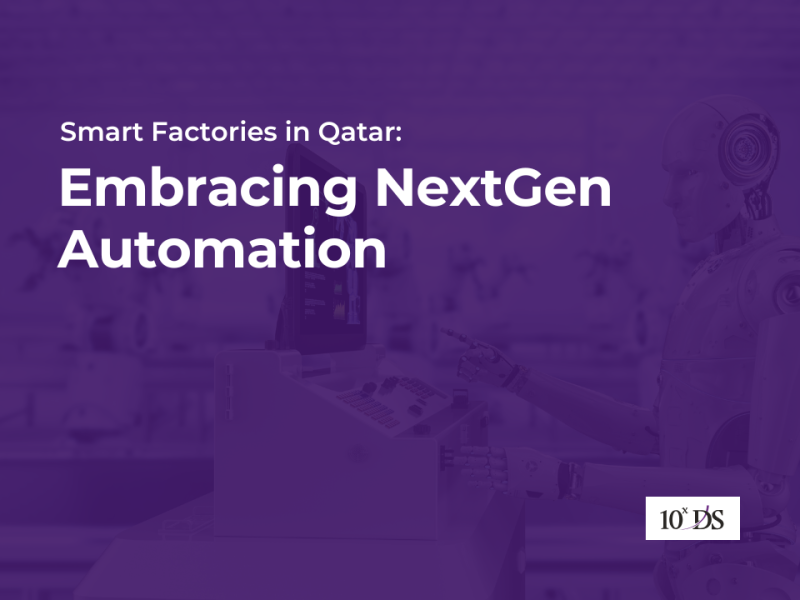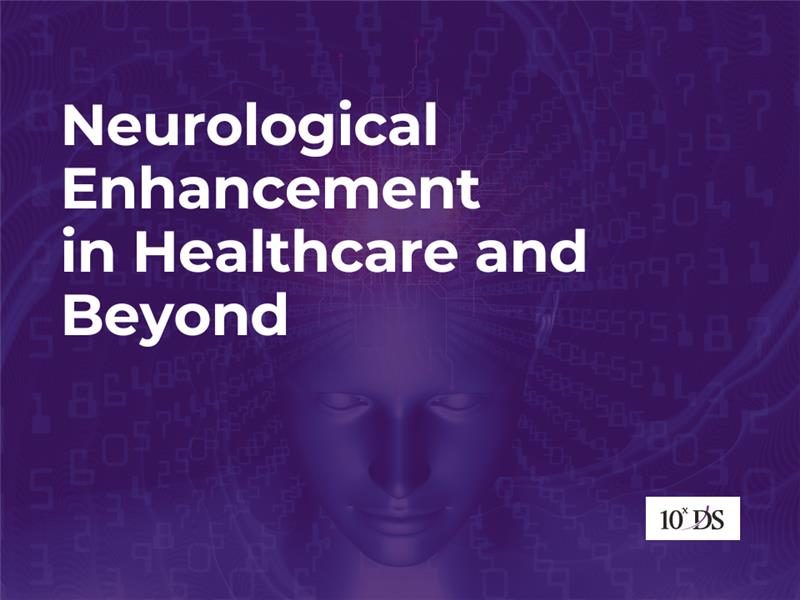
Application Modernization: Tools and Best Practices for Legacy Systems
In today’s digital environment, businesses are under constant pressure to innovate while maintaining operational efficiency. Legacy systems, while foundational, can hinder agility and scalability. Application modernization has emerged as a crucial strategy to upgrade these systems, enabling businesses to meet current demands while preparing for future challenges. This guide explores the need for modernization, outlines key strategies, and offers insights into the tools and best practices for successful legacy system upgrades.
Why Application Modernization Matters?
Legacy systems often become bottlenecks for growth due to outdated technology, high maintenance costs, and limited integration capabilities. Modernizing these systems allows organizations to streamline operations, improve performance, and reduce costs. For example, transitioning from an on-premises infrastructure to a cloud-based solution can drastically enhance scalability while improving disaster recovery capabilities. Moreover, application modernization is essential for meeting evolving regulatory and security requirements, ensuring that systems remain robust and compliant in an increasingly complex digital landscape.
Strategies for Application Modernization
The approach to application modernization varies based on the organization’s unique needs, technical goals, and the current state of its legacy systems. Each strategy offers distinct advantages and is suited to specific scenarios. Below is an explanation of the most common strategies:
1. Rehosting (“Lift and Shift”)
Rehosting is the simplest and fastest way to modernize an application. It involves moving an application from on-premises infrastructure to a cloud environment without making significant changes to its core architecture. This strategy is ideal for organizations looking to reduce infrastructure costs quickly while maintaining the existing functionality of their systems. While it doesn’t fully utilize cloud-native features, rehosting provides a foundation for future optimization and modernization efforts.
2. Refactoring
Refactoring focuses on improving the internal structure of an application’s code without altering its external behaviour. By making small yet impactful changes, such as optimizing database queries or cleaning up redundant code, organizations can enhance performance, reliability, and maintainability. This strategy is particularly beneficial for systems that perform well overall but need minor adjustments to adapt to evolving business needs or technological advancements. Refactoring also lays the groundwork for future integration with modern tools and platforms.
3. Replatforming
Replatforming involves migrating an application to a new operating platform or environment with minor adjustments to its underlying code. This approach allows businesses to take advantage of specific cloud-native features, such as scalability and automation, without a complete overhaul. For example, moving an application to a containerized environment like Kubernetes enables better resource utilization and operational efficiency. Replatforming strikes a balance between cost-effectiveness and improved functionality, making it a popular choice for businesses aiming to modernize incrementally.
4. Rearchitecting
Rearchitecting is a more extensive modernization strategy that involves redesigning an application’s core structure. The focus is on making the system modular, scalable, and flexible, often by adopting modern architectural patterns like microservices or serverless computing. This approach is suited for legacy systems that are no longer aligned with current business requirements or are difficult to scale. While it requires significant investment and time, rearchitecting provides long-term benefits, including easier maintenance, enhanced agility, and the ability to quickly adapt to future demands.
5. Rebuilding or Replacing
In cases where a legacy system is outdated, inefficient, or unable to meet business needs, rebuilding or replacing the application from scratch is often the best solution. This strategy involves developing a completely new application using modern frameworks, languages, and platforms. Though it requires the most effort and resources, rebuilding or replacing ensures that the new system is fully aligned with the organization’s goals and is equipped to handle future requirements. It’s especially beneficial for industries undergoing rapid change or requiring cutting-edge technological capabilities.
Tools for Application Modernization
To ensure a successful transition, leveraging the right tools is critical. Here are some key categories of tools:
- Cloud Platforms: AWS, Microsoft Azure, and Google Cloud offer a range of services for hosting and scaling modernized applications.
- Containerization Tools: Docker and Kubernetes enable efficient migration to cloud-native architectures.
- Code Analysis Tools: SonarQube and Coverity help identify and address technical debt in legacy systems.
- Middleware: Platforms like MuleSoft and Apache Kafka streamline integration between legacy systems and modern applications.
- Automation Tools: CI/CD tools such as Jenkins and GitLab automate deployment and testing processes for modernized applications.
Best Practices for Application Modernization
Embarking on an application modernization project can be complex, but following these best practices can streamline the process:
- Comprehensive evaluation of legacy systems to identify pain points, risks, and opportunities for improvement is first step.
- Specific objectives need to be defined, such as enhancing user experience, reducing costs, or improving system reliability.
- Modernizing in phases helps to minimize disruption and allow for iterative improvements. Complete overhaul in one go is not recommended
- Modern security measures need to be implemented to protect data and systems during and after the upgrade.
- Engaging Stakeholders including both technical and business teams will ensure alignment with organizational goals.
- Leveraging Expertise by working with consultants or vendors specializing in application modernization will help to navigate technical challenges effectively.
The Future of Application Modernization
The field of application modernization is rapidly evolving, with emerging trends like low-code platforms, edge computing, and artificial intelligence shaping its trajectory. Businesses that embrace these innovations will be better positioned to adapt to changing market demands and technological advancements. As organizations continue to prioritize flexibility and efficiency, modernization efforts will shift from being reactive to proactive, empowering businesses to build systems that are not just current but future ready.Talk to our experts to learn more.


